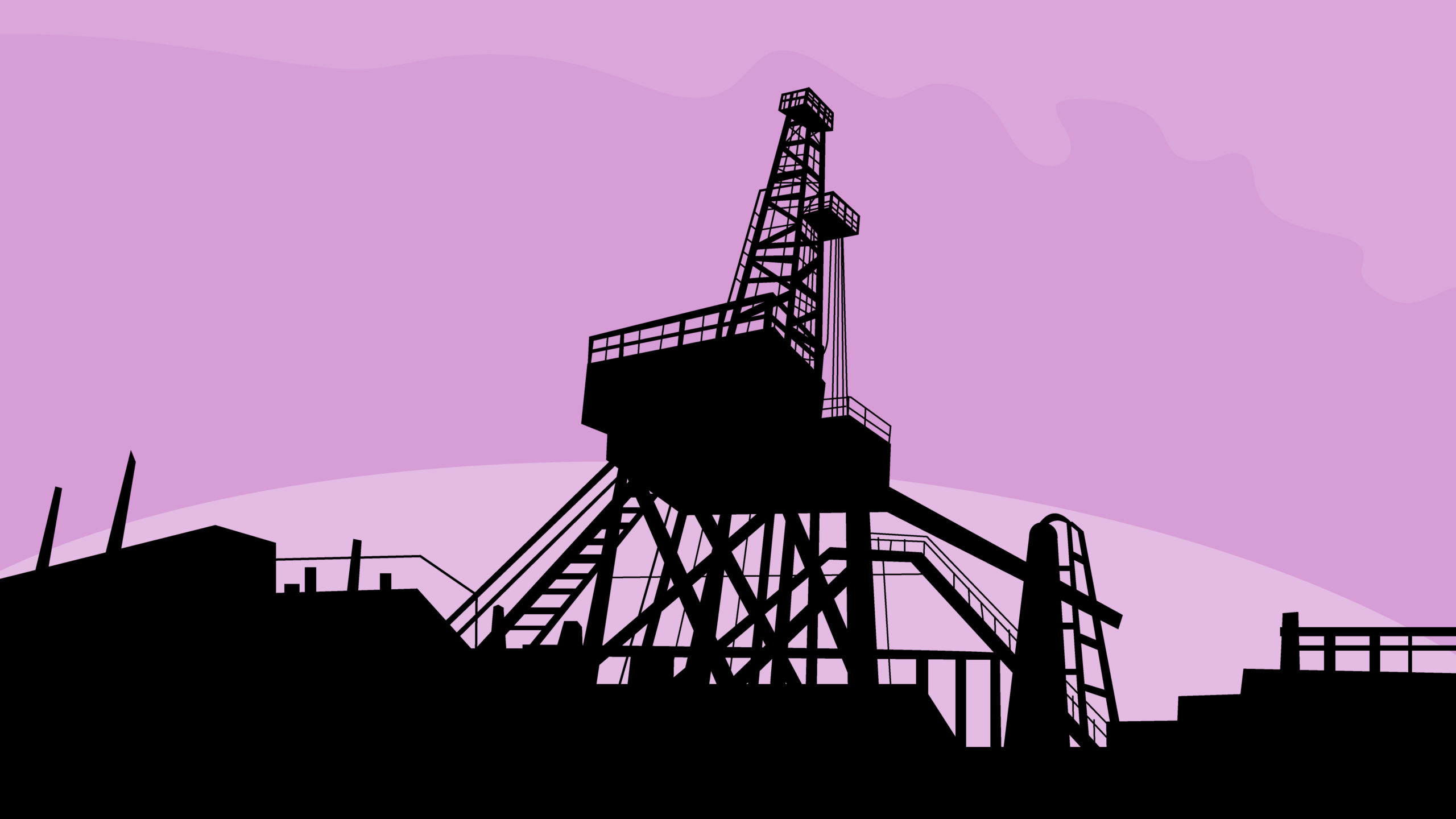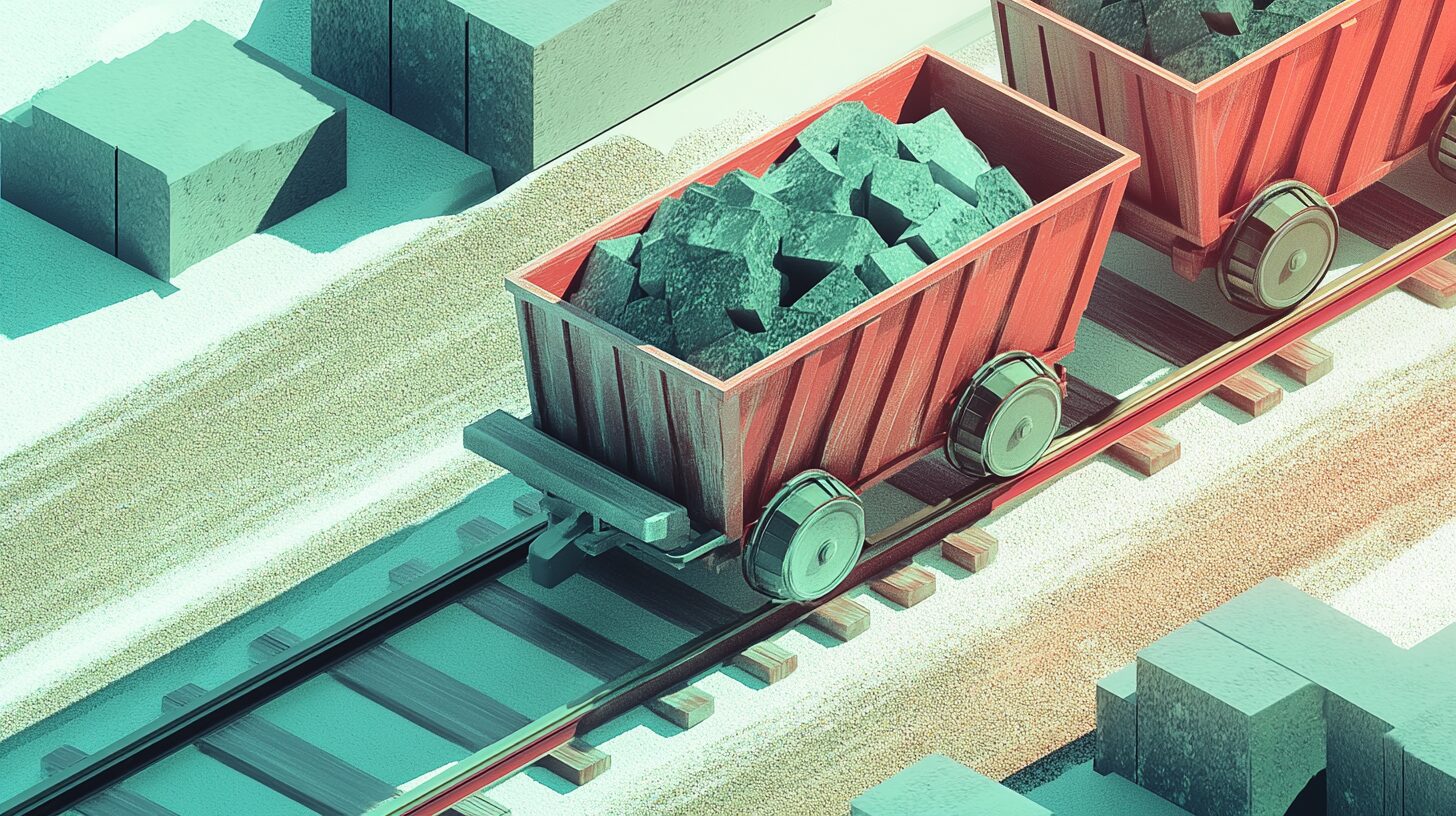On August 27, 1859, a small group of men working in a remote part of the Pennsylvanian forest did something that would profoundly transform the history of industrialization. On that hot summer afternoon, Edwin Drake and William A. Smith set out to lead the first team in history to sink a purpose-drilled exploration well in search of crude oil for use in the manufacture of kerosene, a petroleum distillate used as a lighting fuel. Working out of a small drilling frame erected on Oil Creek, and plagued by mechanical failures and other technical problems with the well, the team made slow progress, drilling just 1 meter (3 feet) each day. Despite running out of funds, Drake and Smith laboriously drilled to a depth of 21.2 meters (69.5 feet), whereupon the drill encountered the underlying oil formation. Crude oil entered the well, first gradually and then in such volumes that Drake and his team simply ran out of places to store the crude and began filling empty whisky barrels. The discovery of liquid petroleum in economically viable quantities at Oil Creek kicked off the age of liquid and gas hydrocarbon energy capture. By doing so, the team sped up the process of industrialization.
Crude oil (better understood as crude oils, as there are many types of crude) is a naturally occurring mixture of volatile liquid hydrocarbon compounds consisting principally of carbon (between 80 and 87 percent) and hydrogen (between 11 and 14 percent), with trace elements of sulphur, nitrogen, oxygen, etc. Nearly all crude oil deposits were formed as a result of geologically slow accumulation of dead oceanic microorganisms. The microorganisms drifted down to the sea floor, taking with them, on an individual level, an inconceivably small amount of chemical energy or hydrogen encapsulated in its cells. Layers of microorganisms built up on the bottom of warm seas over tens of millions of years. The seafloor containing these bio-rich layers was eventually subducted further into the Earth’s crust, where pressure and heat would gradually transform the layers into crude oils and natural gases. It was this store of chemical energy that Drake and Smith successfully tapped in the summer of 1859.
Crude oils have provided civilization with an unprecedented reserve of chemical energy. Crude oils packed more energy per kilogram than any fuel source our species had encountered before. With an energy density of roughly 45 MJ/kg, crude oils contain nearly twice as much energy as coal for an equivalent mass. Since the dawn of the Industrial Revolution, civilization underwent an energy capture progression, from wood, to coal to oil. Each new fuel brought with it enormous new opportunities. While the earliest uses for crude oils were confined to the manufacture, and lighting and heating fuels, scientists and entrepreneurial industrialists swiftly found an astonishing array of suitable applications for these hydrocarbons. By 2019, civilization was consuming slightly over 100 million barrels of crude oils daily. To put that into another perspective, it is a volume of fifteen billion, nine hundred million liters daily – enough refined petroleum fuel (gasoline) to fill an average family car roughly 125 million times.
The chemical energy locked up in crude oils is not solely used to fuel cars. On average, the largest fractions of any given barrel of oil are petroleum fuel (gasoline), distillate fuel (diesel), jet fuel and heavy bunker fuel oil used to energize global fleet of container ships as they collectively move 90 percent of all international cargo. The refined fuels derived from crude oils are also used to energize more than 99 percent of all aircraft, heavy cargo transport by rail and nearly all the world’s heavy industrial equipment, from concrete pumps and excavators, to rock crushers and road going prime movers. The remaining fractions are turned into feedstocks for various oils, greases, plastics, synthetics, lubricants, asphalts and much more.
Crude oils are used in applications that help lift living standards in all countries. The list of products and synthetic compounds that, in their manufacture, use crude oils as their base feedstock, runs on into the tens of thousands. Without access to an abundant and inexpensive supply of crude oil, we would lose access to an enormous range of plastics, synthetic rubbers, detergents, epoxies, oils, insecticides, polymers used in fabrics, fertilizers and pharmaceuticals. Today, the countries with the largest reserves of crude oil are Venezuela (300 billion barrels), Saudi Arabia (267 billion barrels), Canada (167 billion barrels) and Iran, Iraq, Kuwait, the UAE, Russia, Libya and the United States. Taken together, roughly 672 billion barrels of proven oil reserves are estimated to exist in the top ten global reserve holders alone. Despite predictions of an imminent oil shortage, extending from the late 1950s right through the first decade of the 21st century, crude oil has remained an abundant and inexpensive prime mover of human progress, and a powerful force for the ongoing improvement in living standards globally.


